Systemp.inlay and Systemp.onlay?are light-curing single-component materials for the fabrication of temporary restorations and do not require the additional use of a?temporary cementation material.
Systemp.inlay?is particularly recommended for deep inlay preparations with parallel walls as well as for sealing implant screw access canals and for relining prefabricated crowns and bridges. Systemp.inlay is available in two shades, universal and transparent, and in two delivery forms (syringe and Cavifil).
Systemp.onlay?achieves a more rigid final cure than System.inlay because it features a higher content of inorganic fillers. The higher strength of Systemp.onlay provides advantages with regard to retention and occlusal and sagittal bracing. Therefore, the material is suited for large preparations.
In addition, Systemp.onlay is suitable for long-term temporaries, flat preparations and preparations with strongly diverging walls. Systemp.onlay is available in two shades, universal and transparent, and in two delivery forms (syringe and Cavifil).
COMPOSITION:
Systemp.inlay
The monomer matrix consists of high-molecular dimethacrylates. The fillers are highly dispersed silicon dioxide and copolymers. Triclosan, catalysts and stabilizers are additional ingredients.
Systemp.onlay
The monomer matrix consists of high-molecular dimethacrylates. The fillers are highly dispersed silicon dioxide and copolymers. Triclosan, catalysts and stabilizers are additional ingredients.
INDICATION:
- Systemp.inlay?is especially suitable for deep inlay preparations with parallel walls. Systemp.inlay can also be used if small undercuts are present.
- Systemp.inlay is also suitable for relining prefabricated, temporary crowns and bridges made of polycarbonate or methacrylates.
- Systemp.inlay is also suitable for sealing implant screw access openings. ?
- Systemp.onlay?is especially suitable for large preparations (onlays). If undercuts are present, please note that after curing, Systemp onlay is less elastic than Systemp.inlay, which may complicate removal
Notes
- Systemp.inlay/Systemp.onlay remains well in place in standard inlay preparations. If mechanical retention is minimal, the temporary restoration is cemented with a eugenol-free cement (e.g. Systemp?.link). If Systemp.inlay or Systemp.onlay is applied to undercuts of the proximal region, retention can be improved. In this case, do not place a matrix, but a wooden interdental wedge before applying Systemp.inlay/ Systemp.onlay.
- Systemp.inlay/Systemp.onlay bonds with light-curing base/liner materials because of the similar chemical compositions. If such materials (light-curing glass ionomer cements, composites) are utilized, isolate the base with glycerine gel (Liquid Strip). This prevents the base/lining from being accidentally removed from the cavity together with Systemp.inlay/Systemp.onlay.
- Use silicone finishers (Politip F) or tungsten carbide finishers for grinding and excess removal. Polish with silicone rubber polishers (Politip P). Excess material may also be removed with a scalpel.
- To increase the stability of large cavities, a composite (e.g Heliomolar? or Tetric EvoCeram?) may be applied to the occlusal part of the temporary. Light- cure Systemp.inlay/ Systemp.onlay separately or together with the restorative material.
- Systemp.inlay / Systemp.onlay can be contoured more easily by wetting the instrument with Systemp.desensitizer or an unfilled bonding agent (e.g. Heliobond).




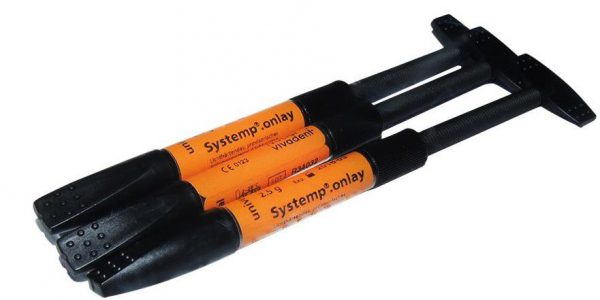




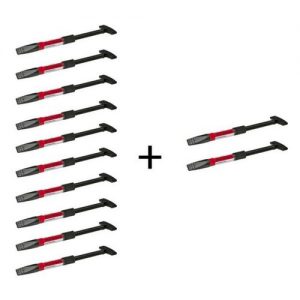
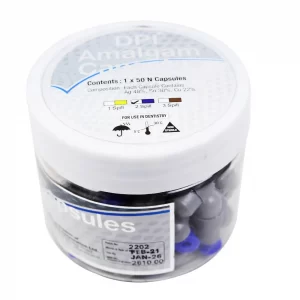
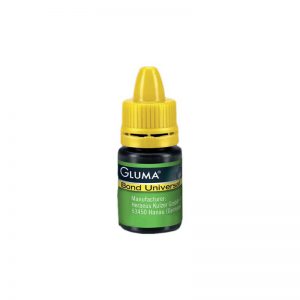
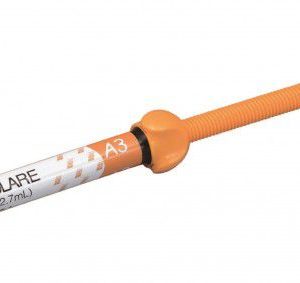
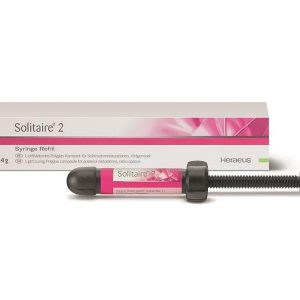
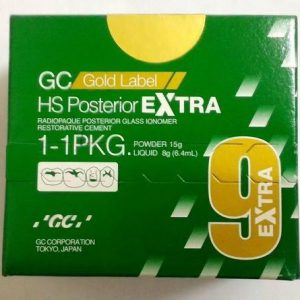
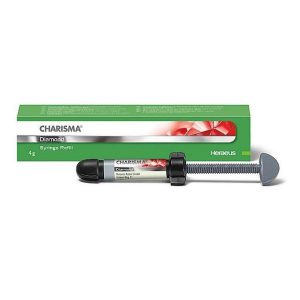
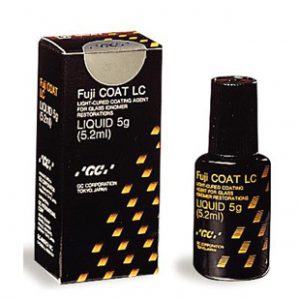
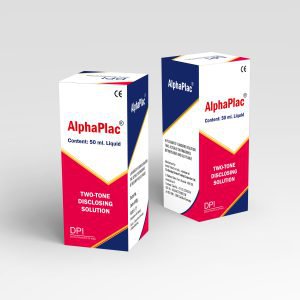
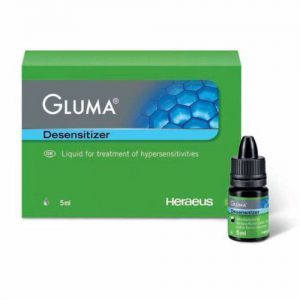
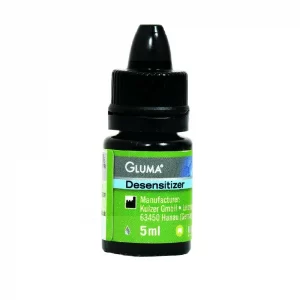
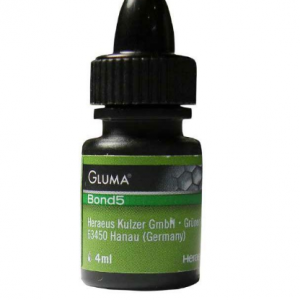
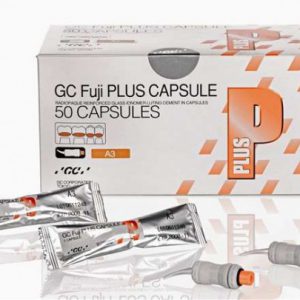
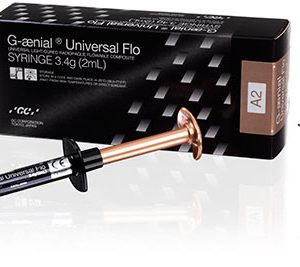
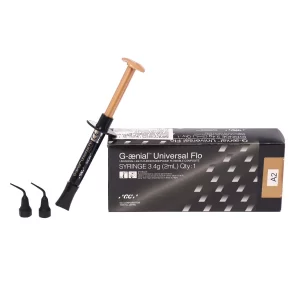
There are no reviews yet.